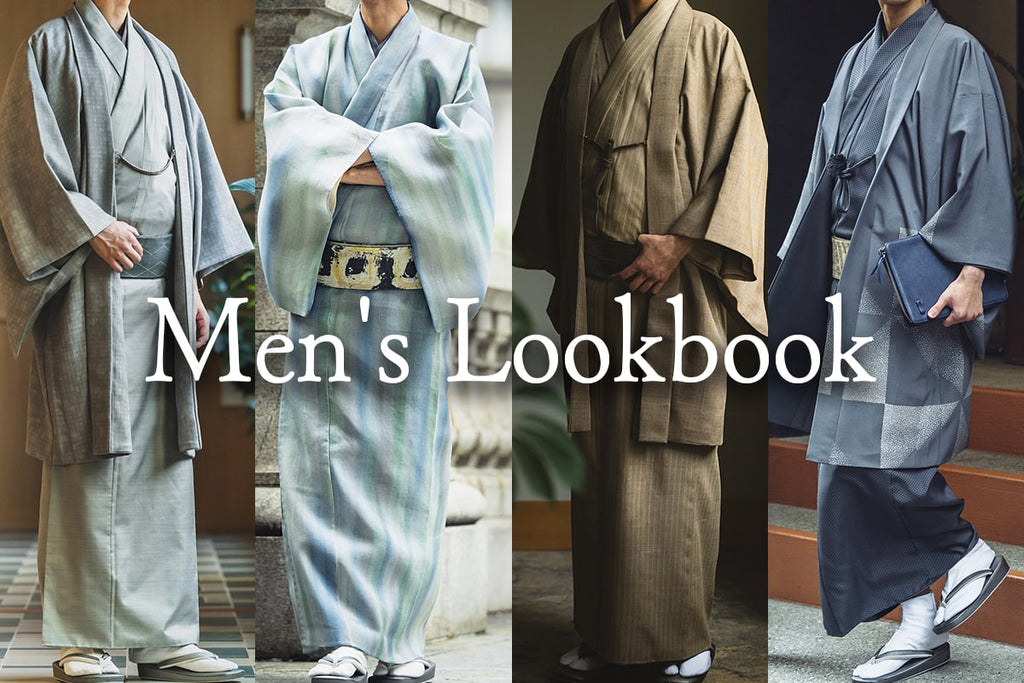春
Spring

Meeting at the hotel lounge, let's embark on an art exploration journey in spring.
As the days blossom into warmth and life, the whispers of spring invite us to don the exquisite Oshima Tsumugi, reserving Yuki Tsumugi for the autumn's rustic embrace.
As the sun begins to feel warmer, Oshima's lightness will keep us cool and refreshed, its touch like a gentle breeze on a tranquil day. Made with the finest silk thread, the fabled "Platinum Boy," it dazzles with a lustrous sheen akin to pearls, a radiant treasure adorning our being.
Pair it effortlessly with your favorite obi, and let's step out to enjoy the beautiful weather and explore the artistry of the season together.

The kimono is a white or Shiro-Oshima created by the artist Masuda Yukichi from Kagoshima Prefecture. Bathed in the gentle light filtered through colored glass, the ivory fabric adorned with green kasuri feels fresh and bright.

A Nagoya obi dyed with natural dyes by the esteemed maker Murae Kikue, a member of the Nihon-ga-kai (Japanese-style painting association). With a refined color palette featuring various shades of green, it adds an invigorating touch of the spring fragrance to the ensemble.

Masuda's innovative "Shiro-doro" technique introduces a remarkable touch to this exquisite kimono. The threads are gently dyed with white ash, resulting in a delicate ivory hue and a soft hand. The mellow sheen is nothing short of spectacular, captivating the eyes with its subtle luminosity. The fabric's simplicity in color and pattern enhances the luxurious texture, allowing you to savor its elegance as it momentarily glimmers in the light.

In spring, where all life sprouts anew, embrace a refreshing ensemble with a subdued sweetness, accentuated by fresh green tones. The white Oshima adorned with fine kasuri patterns brightens the atmosphere around you, while offering versatile coordination options with various obi. Its dress-like charm makes it the perfect attire for delightful spring outings, exuding both elegance and comfort.
夏
Summer

Out to grab a cooling drink in Shinbashi with friends.
Embrace the sun as your ally and revel in the breadth of materials available for summer kimonos. Explore not only silk but also natural textiles made from plants found from north to south, such as Jofu and Shizen-fu.
Adorning yourself with these refined summer kimonos, you'll exude a refreshing and cool aura, possibly becoming the envy of passersby. So, why not become one of the creators of Japan's beautiful summer landscape?

Woven in Ishikawa, a Noto Jofu kimono is worn with a stencil dyed bingata obi from Okinawa. The simple natural color of the kimono contrasted with the sea blue obi feels like a fresh summers breeze.

The secret to looking cool and refreshing in your attire lies in restraining the number of colors and being mindful of creating some blank spaces. The neatly arranged kasuri pattern adds a tasteful and charming touch, evoking a sense of simplicity and elegance.

Jofu refers to a fabric woven from fine threads taken from the ramie plant (part of the nettle family). The fabric was traditionally reserved for the upper classes due to its fine quality. Jofu fabrics are produced throughout Japan, with Niigata Prefecture's Echigo-Jofu and Okinawa Prefecture's Miyako-Jofu being designated as Important Intangible Cultural Properties of the country. The fabric is light, airy, and dries quickly. It also has body, therefore stands away from the skin of the wearer.

Bingata is an exquisite dyeing technique hailing from Okinawa Prefecture, used to color the garments of royalty and samurai during the Ryukyu Kingdom era. While Bingata is known for its vibrant colors, this particular obi showcases a variation known as E-gata. E-gata's charm lies in its restrained elegance, achieved through the skillful use of indigo and black hues for dyeing.
 Summer, a season where less is worn, is also a time to revel in the delightful charm of accessories. The cool texture and sparkle of natural stone obi-dome shine against the summer sky. The introduction of pink adds a layer of femininity to the outfit.
Summer, a season where less is worn, is also a time to revel in the delightful charm of accessories. The cool texture and sparkle of natural stone obi-dome shine against the summer sky. The introduction of pink adds a layer of femininity to the outfit.
秋
Autumn

A daytrip out of the city
During the season from October to May, a high-quality Tsumugi kimono becomes an indispensable choice. Carefully crafted with high quality silk, the surface of the fabric modestly glimmers in the light. It proves versatile as attire for various occasions, from everyday outings to casual gatherings, and can even become dressy, depending on the obi you choose.
Why not venture into places you often visit, but this time donning a kimono? Embrace the encounter with a Tsumugi kimono that feels like a companion for life, and open up your world to new possibilities.

Amidst the gentle autumn light, a rich pink is a perfect choice. Yamagishi Koichi's Benibana \ kimono and obi are crafted through a process called "Kanzome," where threads dyed with safflower are washed in the freezing water of the Mogami river in mid winter, purifying them and locking in the brilliant color.

Yamagishi's woven textiles become one with the body the more they are worn, accompanying the wearer throughout their life's journey.
Each winter, the dyeing process is repeated for one, two, and three years, allowing the colors to deeply penetrate the threads. Then, they are finally woven up to maek the bolt of fabric in which the kimono is made from. Natural dyes like these slowly change color of

A lustrous texture that catches the eye even from afar. Despite being woven from thin and delicate Tsumugi threads, it exudes an elegant sheen because the threads themselves radiate a subtle brilliance.

Yamagishi Koichi's craftsmanship begins from cultivating fields and raising silkworms. He nurtures plants to create natural dyes, spins raw silk threads, then carefully dyes and weaves the threads over several years. 
冬
Winter

To a semi-formal reception party
In this season filled with numerous invitations to parties, Kimono becomes the ultimate attire for exquisite dressing. Wrapped in the artistry of kimono, You will shine brighter than ever before.

A dramatic ensemble featuring a green ground yuzen with a black fukuro obi, showcasing exquisite techniques. The kimono is crafted by Living National Treasure, Moriguchi Kunihiko, while the obi is the masterpiece of Living National Treasure, Kitamura Takeshi. This attire combines the pinnacle of Japanese craftmanship, creating an unforgettable look.

Kitamura Takeshi has achieved the epitome of structural beauty in weaving, earning him the title of Living National Treasure in two fields, "ra" and "tatenishiki." This fukuro obi, using the weaving technique known as "Kyousai-Nishiki" features a sharp lines with overlapping pine motifs in a diamond pattern.

The geometric patterns dyed on the houmongi is stunning from every angle, embodying Kunihiko Moriguchi's desire for individuals to express themselves through kimono.

A touch of red with the obi-jime is like a splash of crimson on a black canvas, to create a vibrant and elegant look and an extra point of interest. This elegant attire that doesn't feel out of place in Western settings, such as the opera or Gala parties.

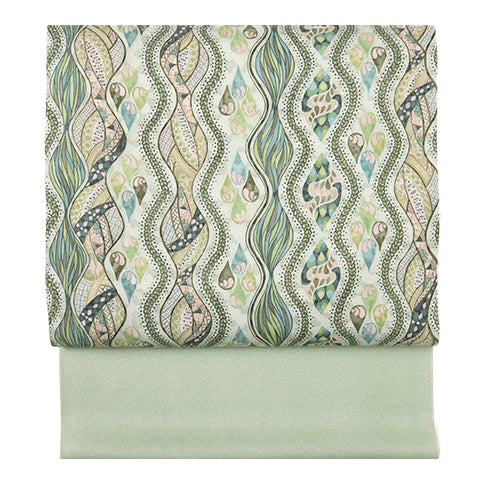 名古屋帯
名古屋帯
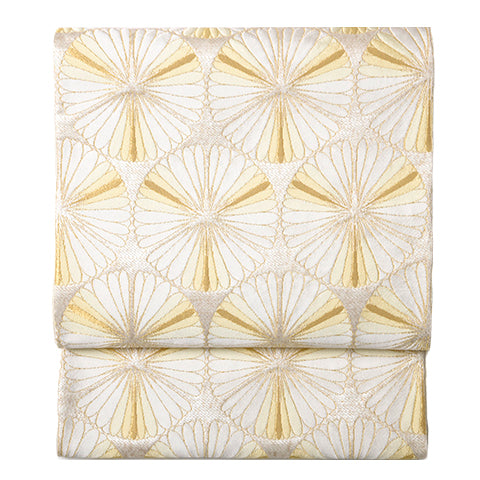 袋帯
袋帯
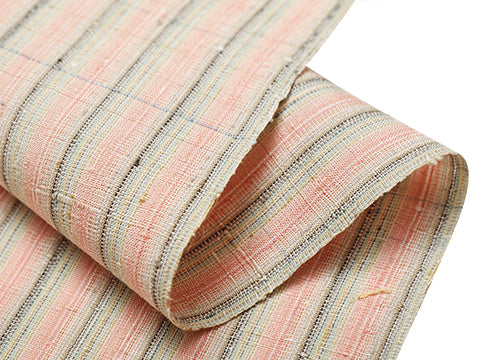 紬・綿・自然布
紬・綿・自然布
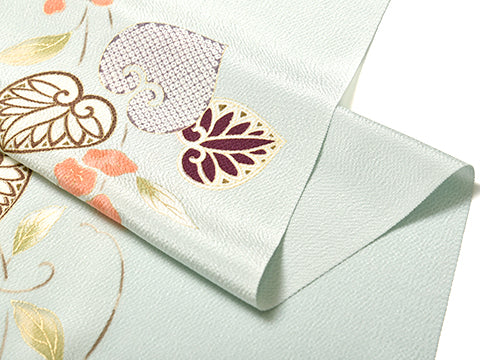 小紋・江戸小紋
小紋・江戸小紋
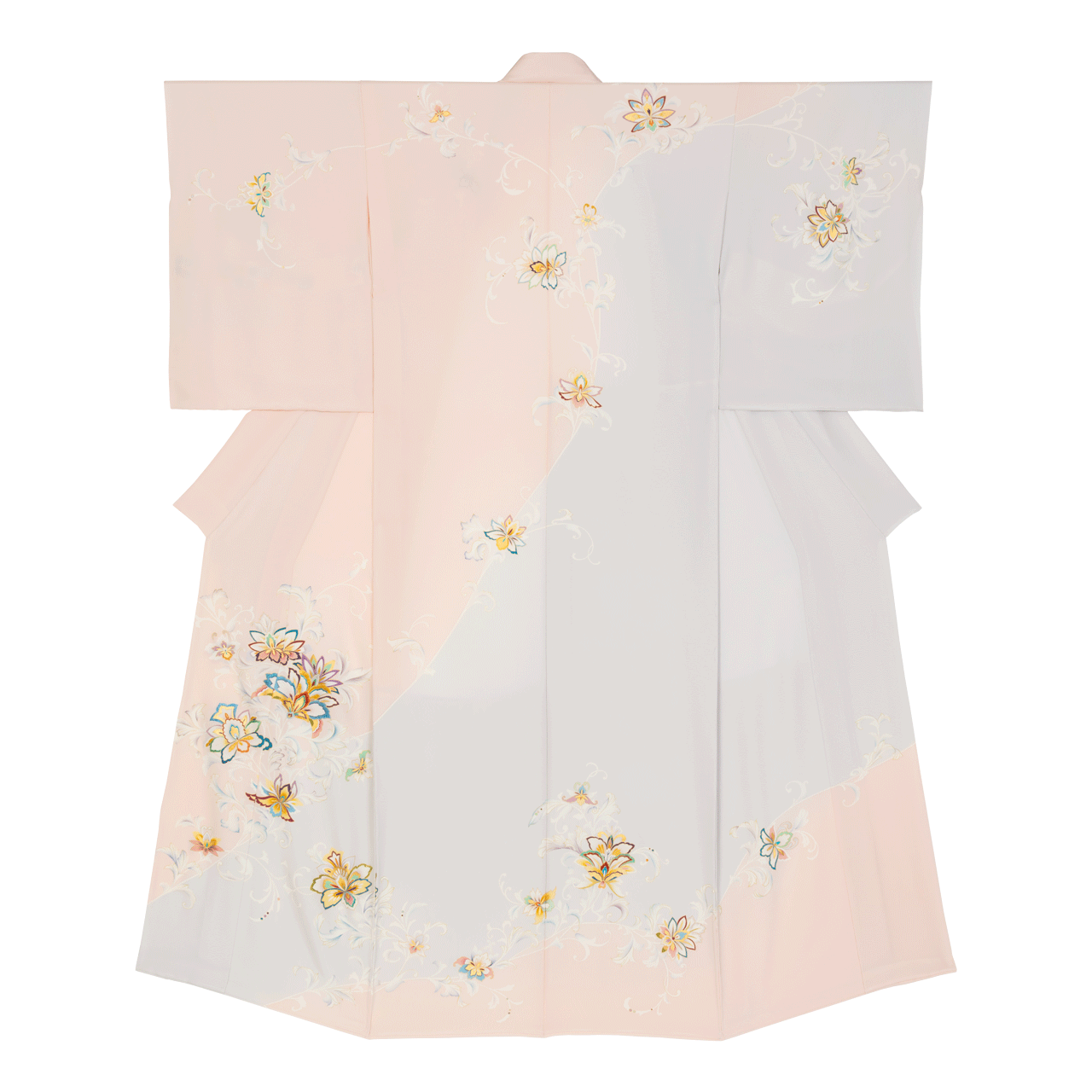 訪問着・付下げ・色無地ほか
訪問着・付下げ・色無地ほか
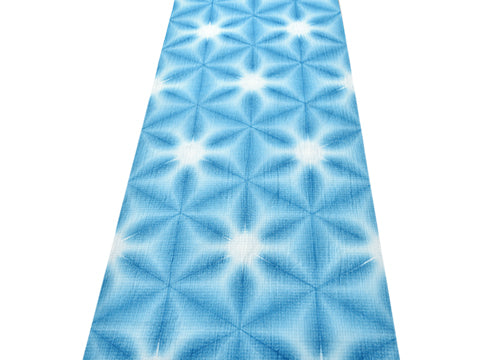 浴衣・半巾帯
浴衣・半巾帯
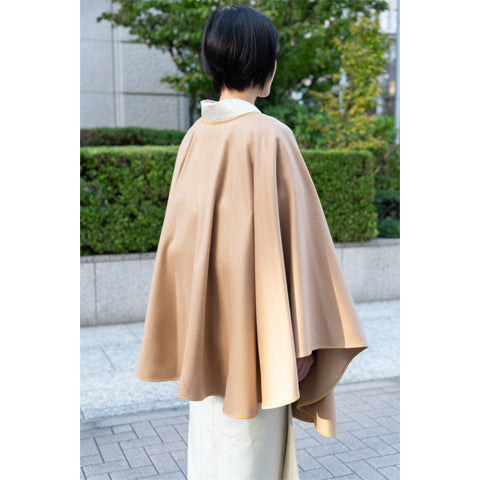 羽織・コート
羽織・コート
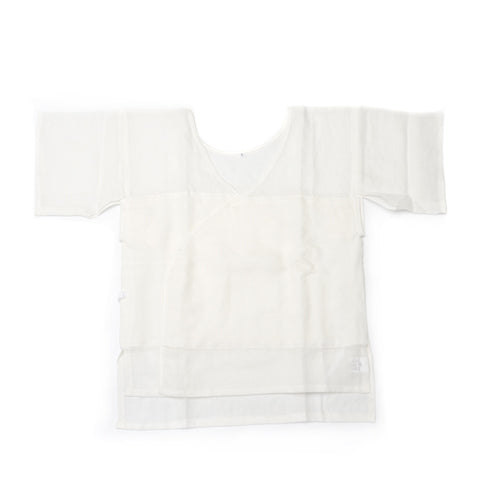 肌着
肌着
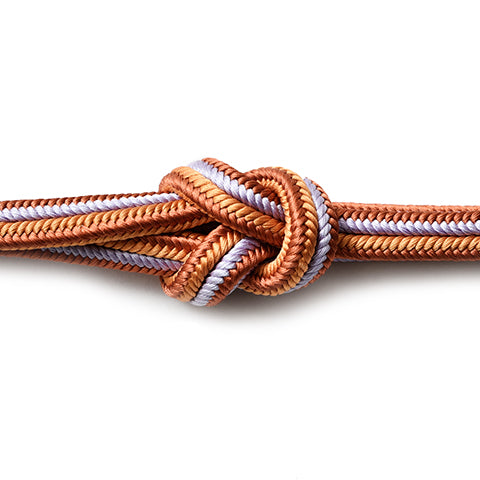 小物
小物
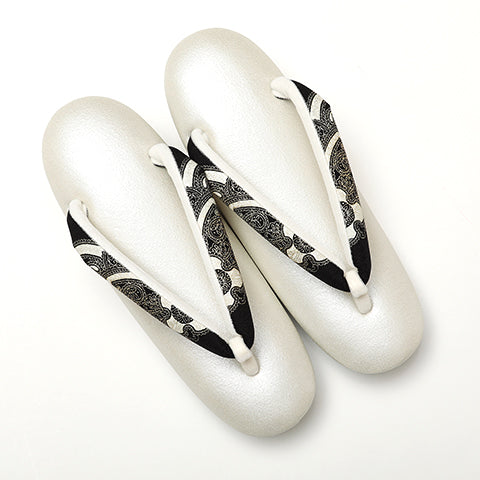 履物
履物
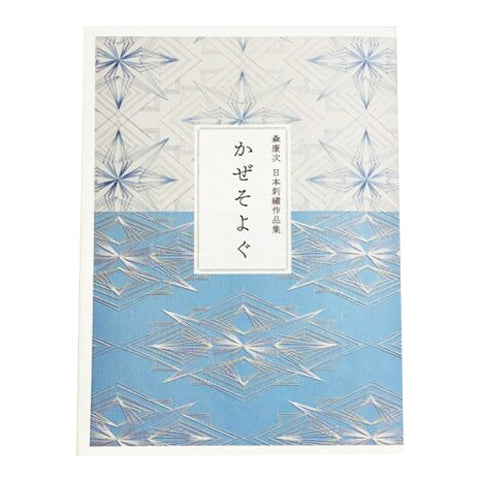 書籍
書籍
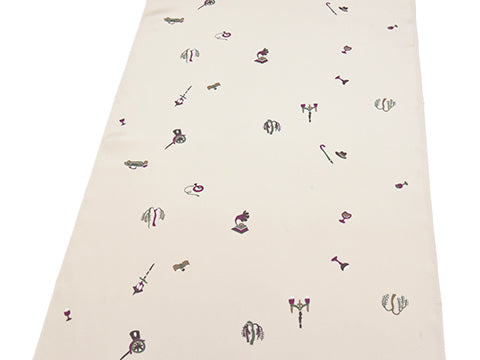 長襦袢
長襦袢
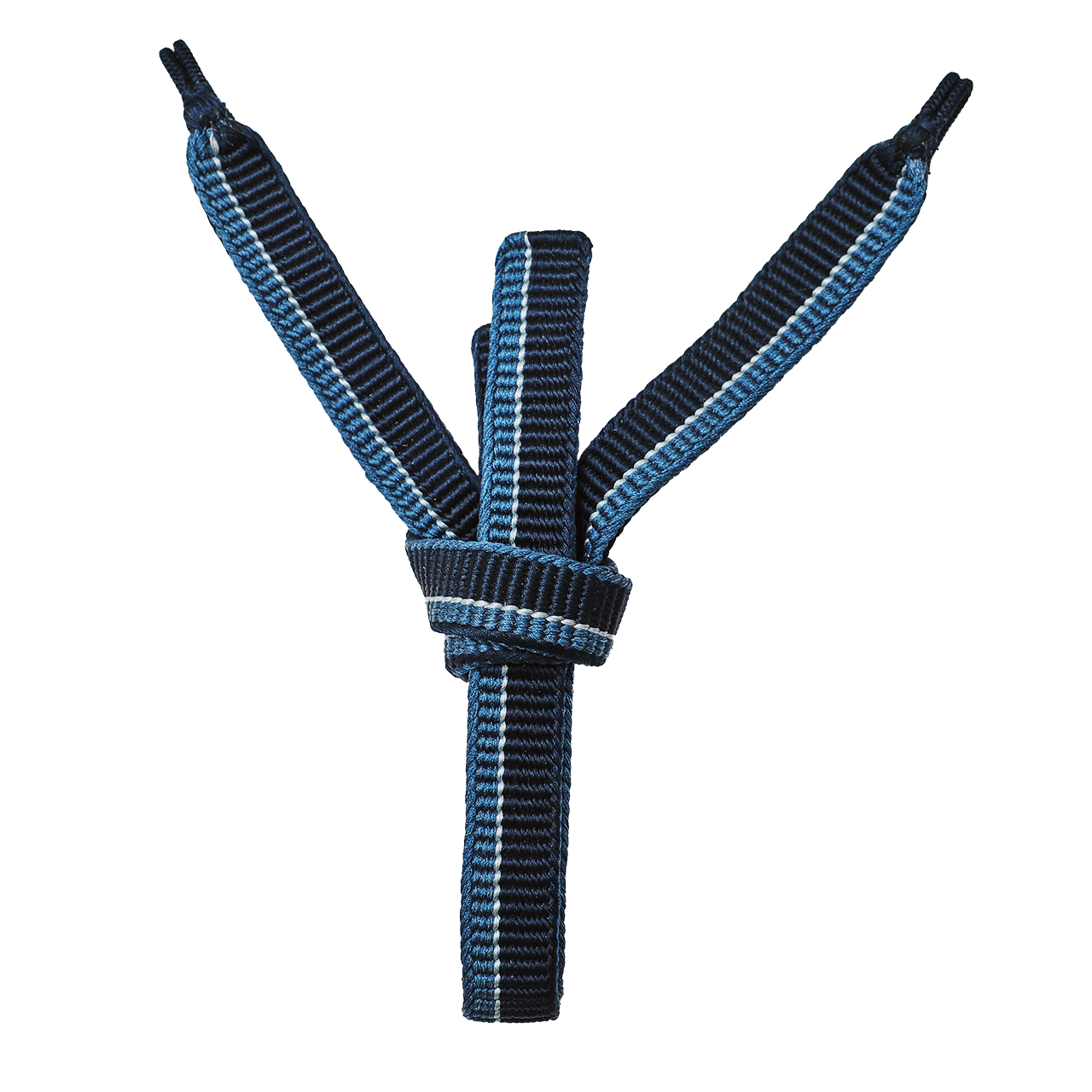 小物
小物
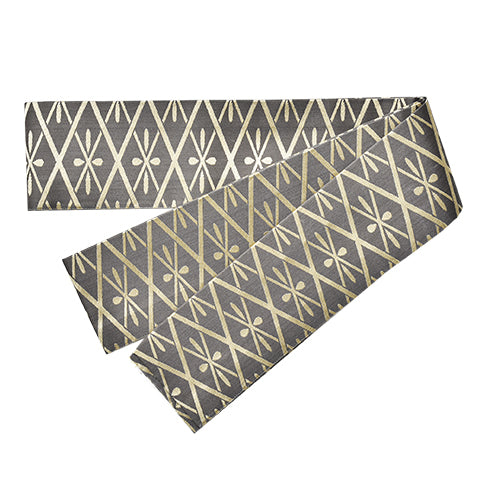 帯
帯
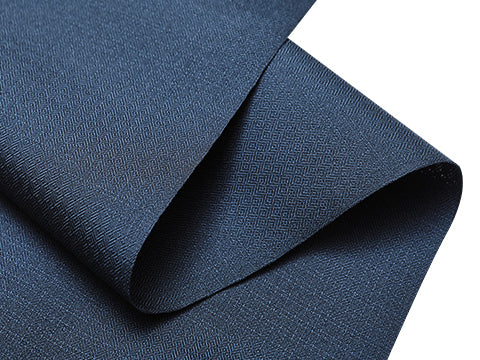 お召
お召
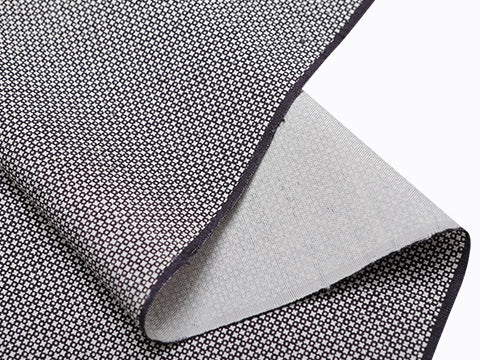 小紋・江戸小紋
小紋・江戸小紋
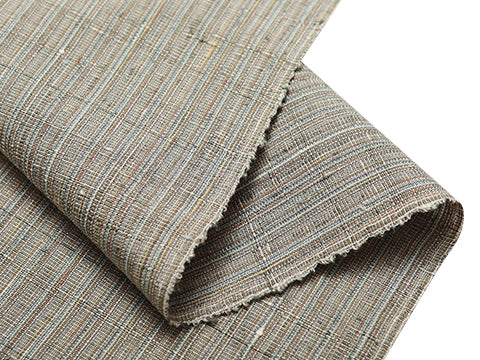 紬・綿・自然布
紬・綿・自然布
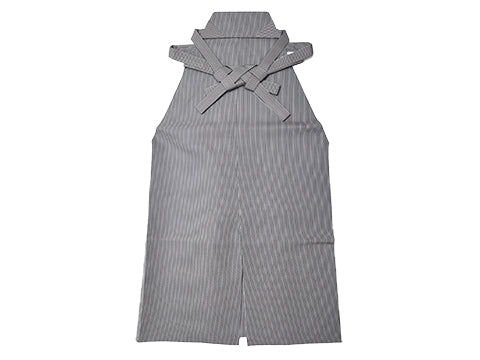 袴
袴
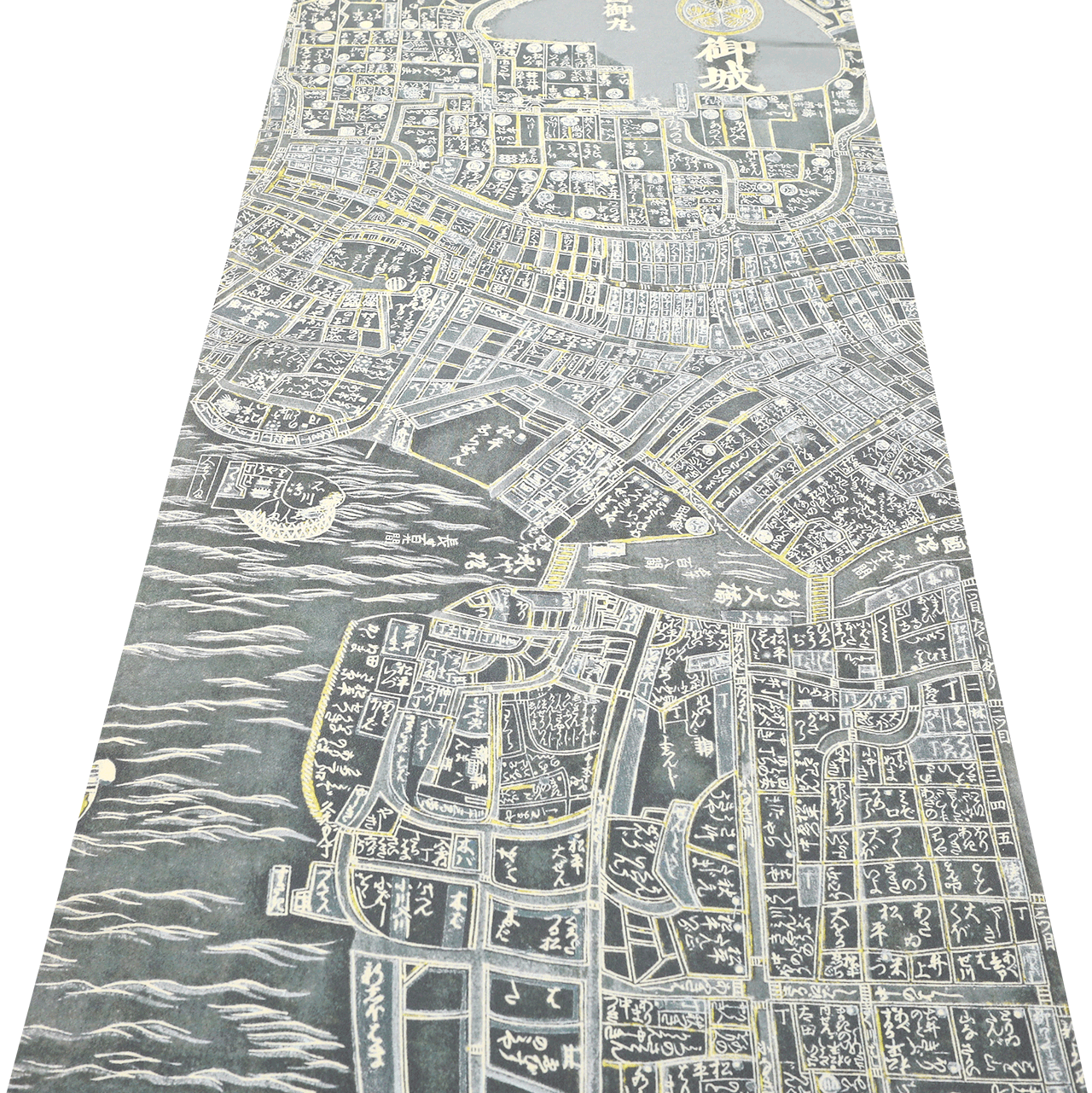 長襦袢
長襦袢
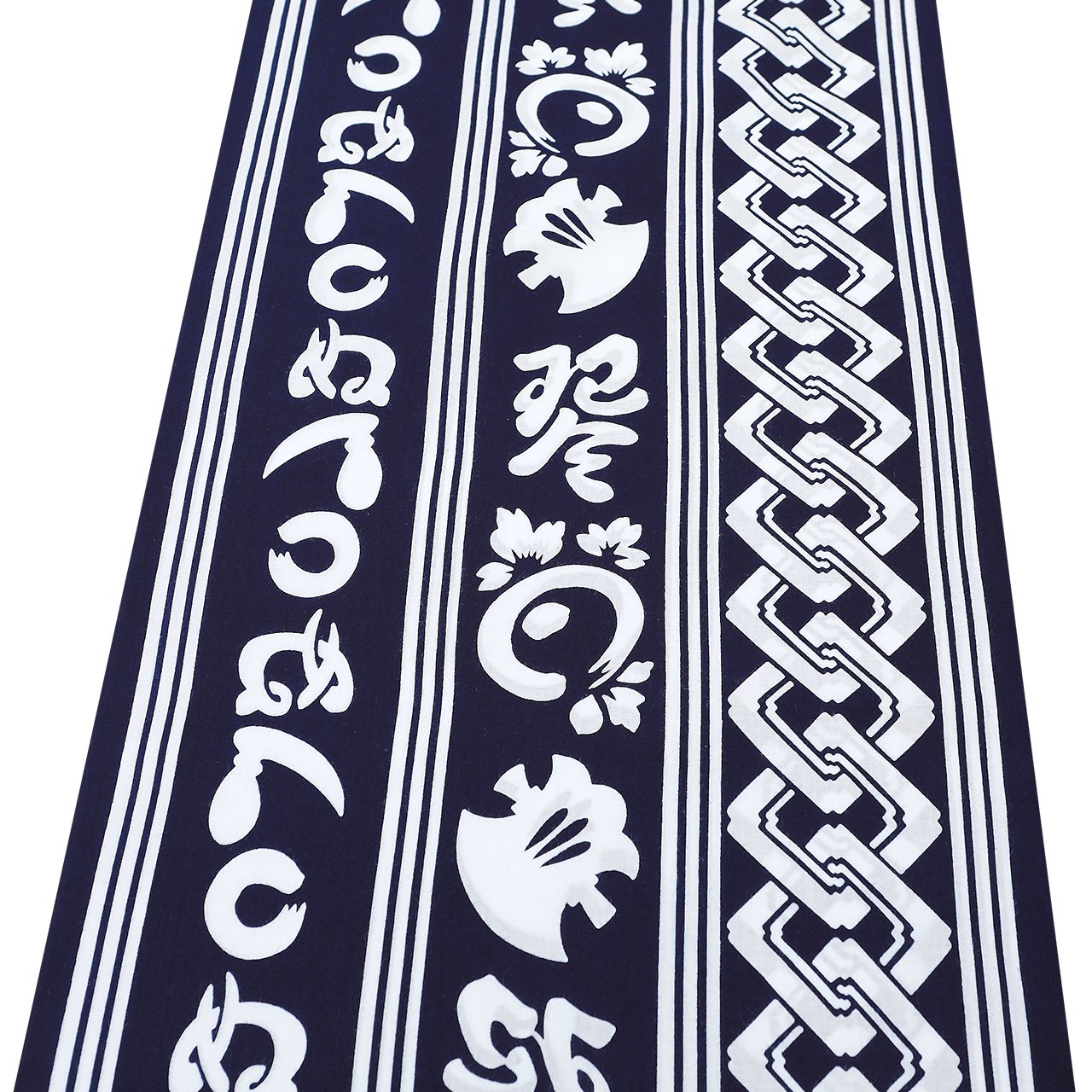 浴衣
浴衣
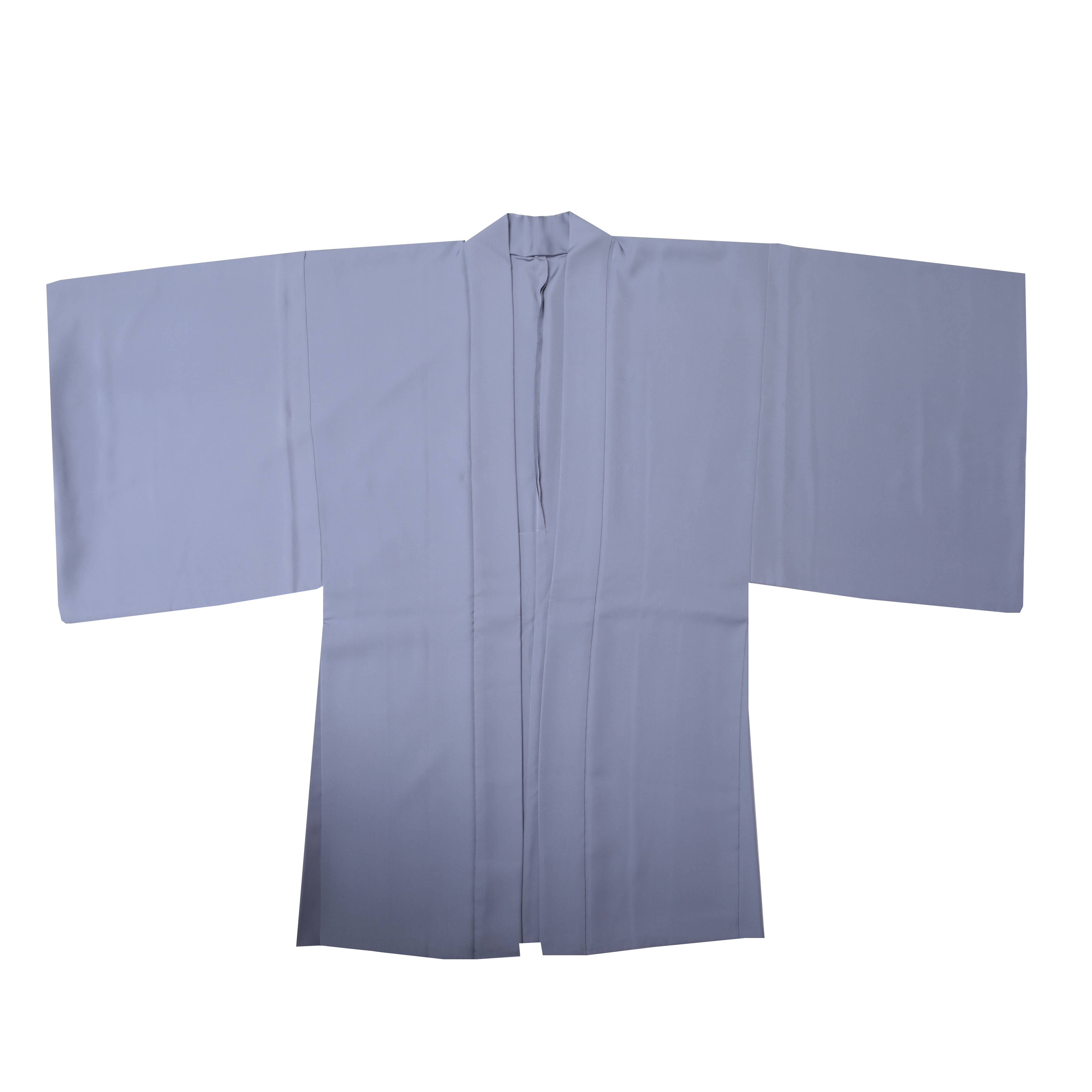 羽織・コート
羽織・コート
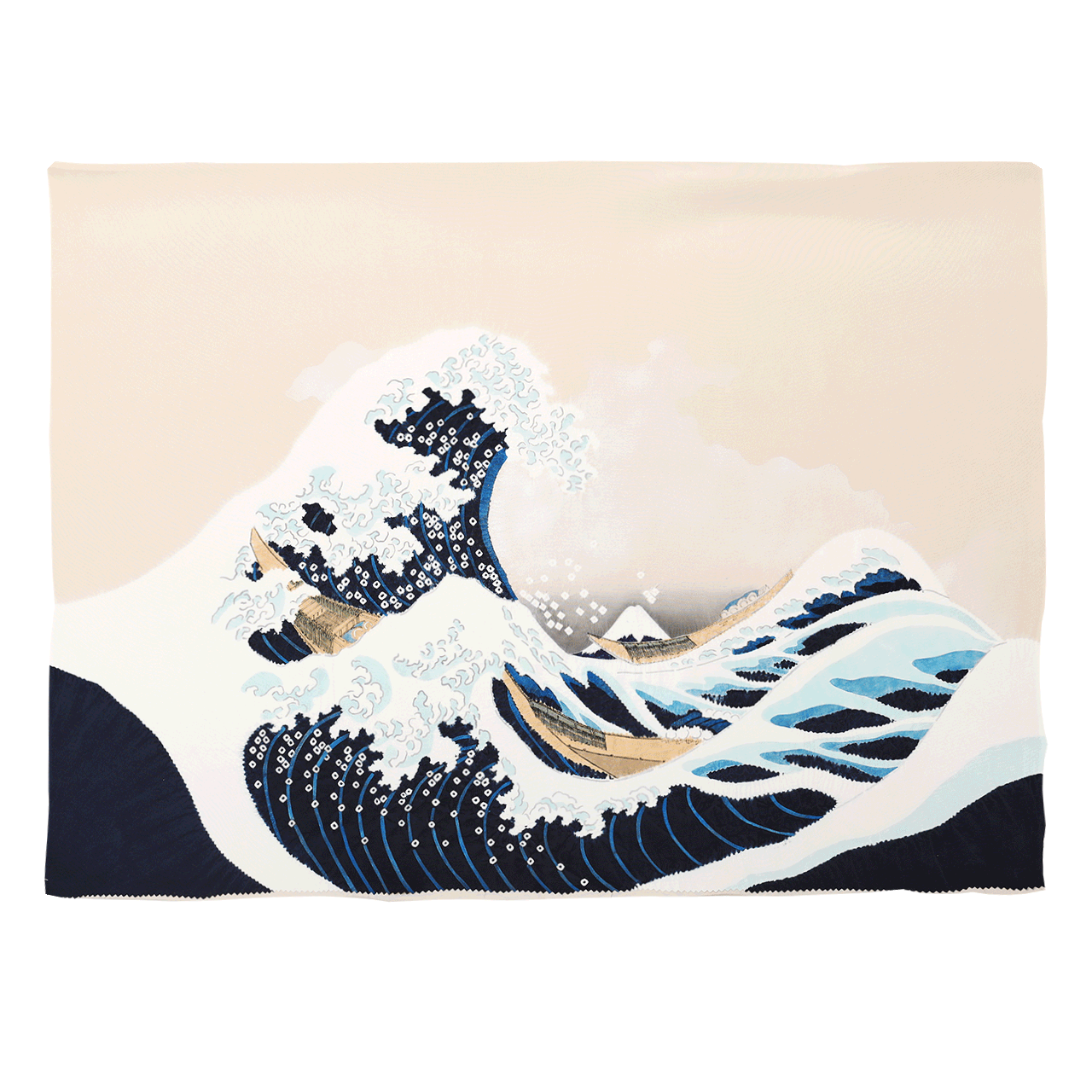 額裏
額裏
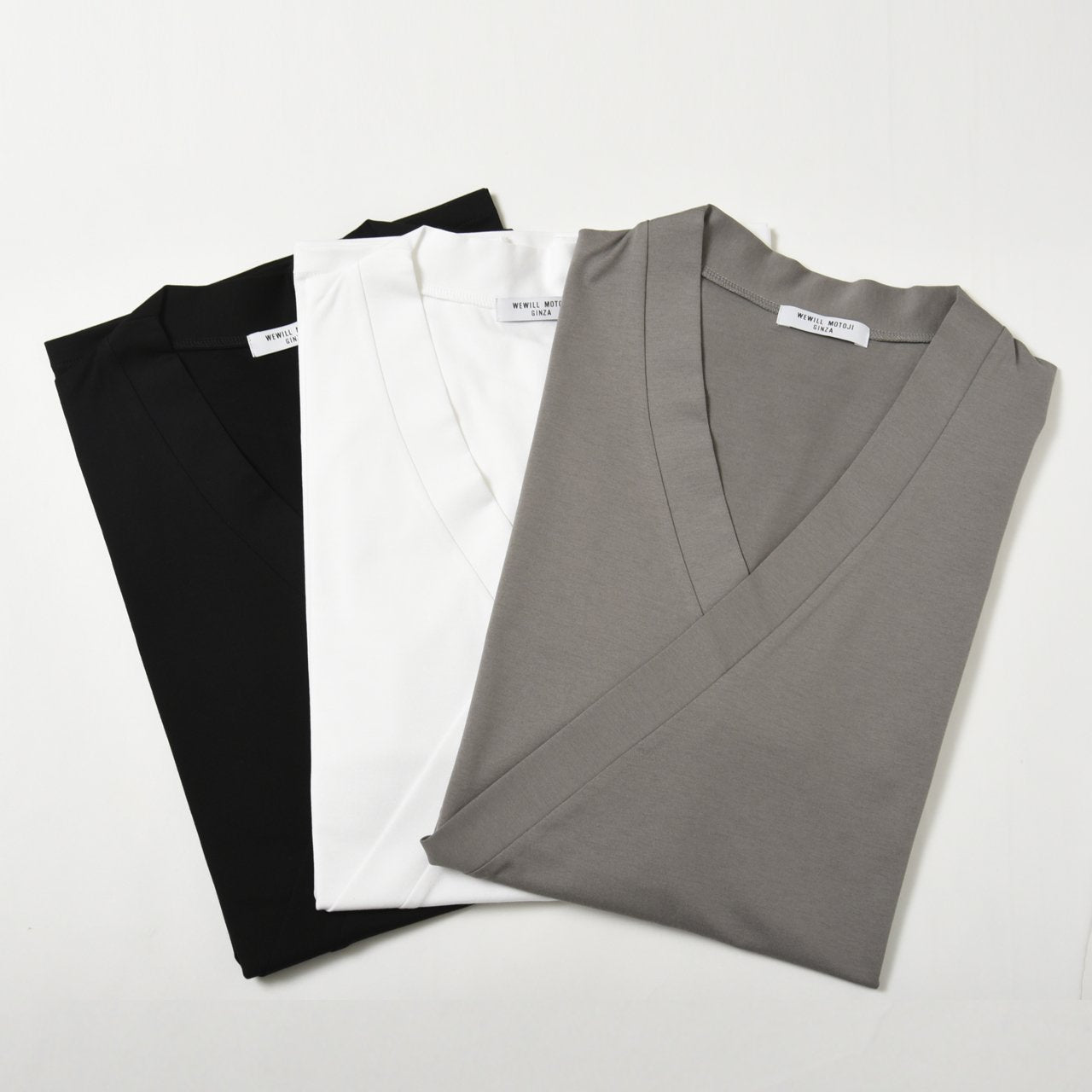 肌着
肌着
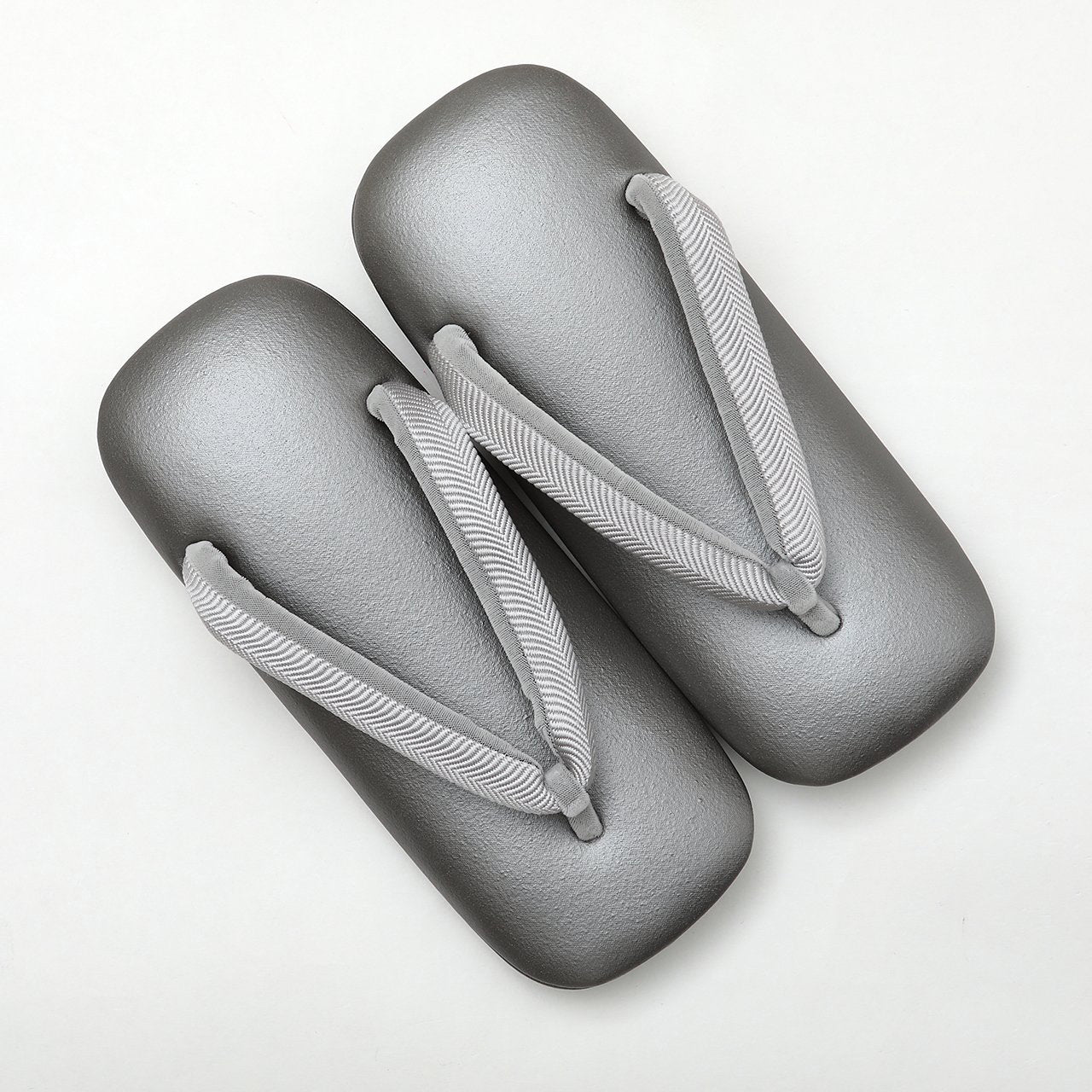 履物
履物
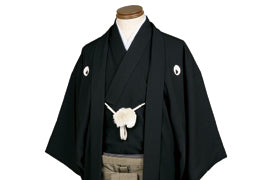 紋付
紋付
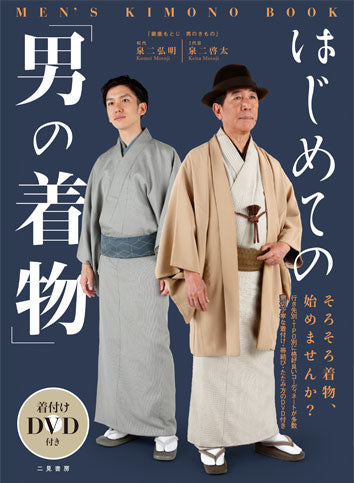 書籍
書籍

